6 start with U start with U
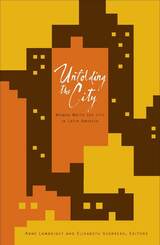

Unmapping the City, the first title in the new Intellect series Critical Photography, features photographs shot between 2004 and 2008 in different cities around the world. The images are linked by their shared attempts to define a two-dimensional approach to a three-dimensional built reality, and to address spatial representation, ritual, and urbanity through art. In representing the cityscape through a flat texture of lines and bold colors, the reader is drawn into a conversation about the interplay between reality and its representation. This volume significantly challenges and expands the critical discourse on photography and text and will be of interest to artists, curators, photographers, architects, and critical theorists.
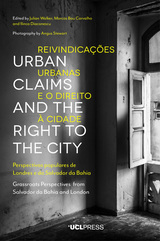
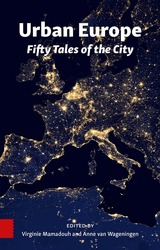
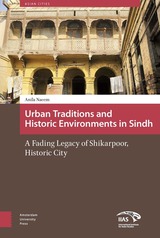
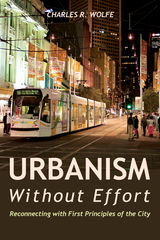
From impromptu movie nights in a Seattle alley to the adapted reuse of Diocletian’s Palace in Split, Croatia, Wolfe searches for the “first principles” of what makes humans feel happy and safe amid the hustle and bustle of urban life. He highlights the common elements of cities around the world that spontaneously bring people together: being inherently walkable, factors that contribute to safety at night, the importance of intersections and corners, and more. In this age of skyrocketing metropolitan growth, he argues, looking to the past might be our best approach to creating the urban future we dream about.
A whirlwind global tour, Urbanism Without Effort offers readers inspiration, historical context, and a better understanding of how an inviting urban environment is created.
READERS
Browse our collection.
PUBLISHERS
See BiblioVault's publisher services.
STUDENT SERVICES
Files for college accessibility offices.
UChicago Accessibility Resources
home | accessibility | search | about | contact us
BiblioVault ® 2001 - 2024
The University of Chicago Press









